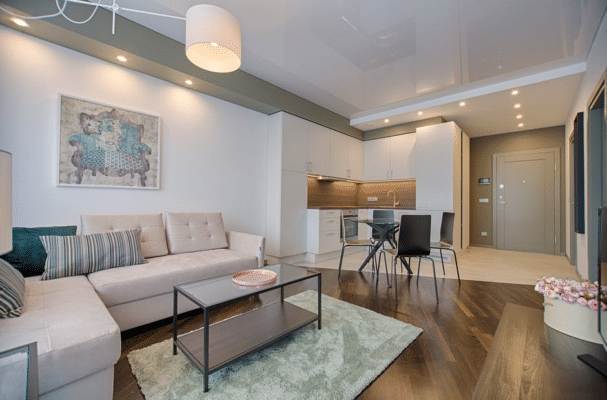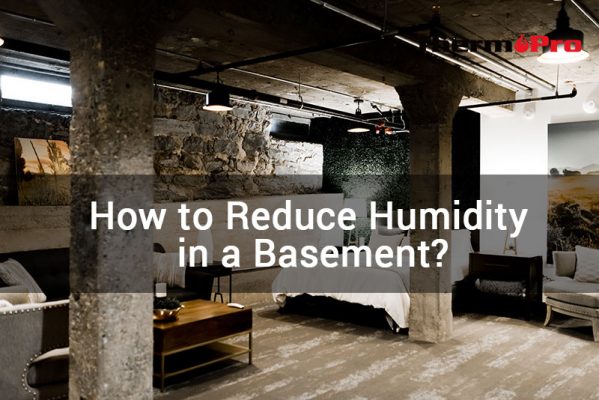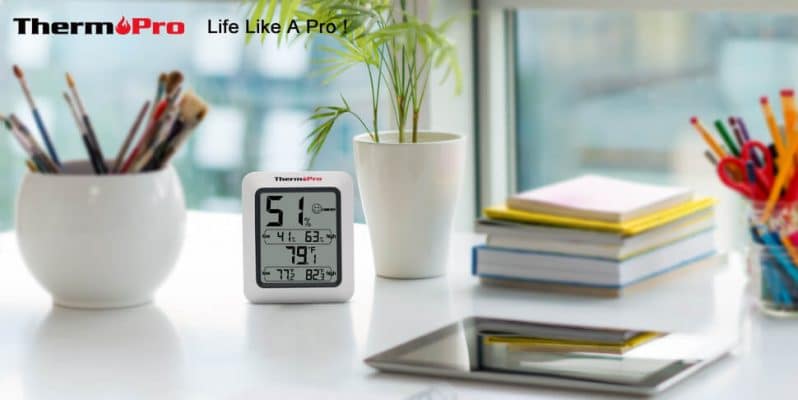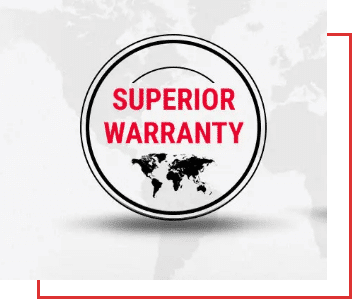The customer service team is always listening, taking notes, and quantifying complaints to ensure our products are continually improved. Due to selling directly to you, the customer, via Amazon, we can use product reviews to help us improve our existing products or help further development of new products.
Table of Contents
Since wine ages with grace, how well you store it determines the quality. Therefore, maintaining the ideal temperature and humidity is important. However, you have to monitor cellar humidity and temperature since the average room temperature and humidity levels are not ideal for your wine.
The following tips will help you to create the ideal cellar for your wine.
What’s the Ideal Humidity for Wine Storage?
If you are planning to tuck some wine bottles for a year or two, you cannot afford to skimp on climate control. Once you control wine cellar humidity, you can prevent mold growth.
Maintaining the proper humidity levels in a wine cellar is important as too much humidity can encourage mold and mildew growth. Besides affecting the integrity of the cellar, high levels of humidity can damage the labels and make them stinky.
A climate control system that maintains the perfect conditions for wine storage will help to support the chemical reactions that improve the taste of wine. The complex chemical reactions require the stable humidity level of 60 percent.
What’s the Ideal Temperature for Wine Storage?
Storing wine at the optimum temperature is critical in supporting the aging process. A wine cellar will improve the taste of wine and keep it in the best quality for years to come.
The perfect temperatures for storing wine are akin to those found in a cave, around 55°F. Since a climate-controlled wine cellar maintains stable temperature conditions, it is the ideal place to store your wine.
Why Cellar Humidity and Temperature Control Is Essential?
Unlike beer that is sealed with airtight tops, (since it’s stored for a short time) wine requires air to aid the oxidation process. Wooden corks are designed to let in small amounts of oxygen so that the proper chemical reactions can take place.
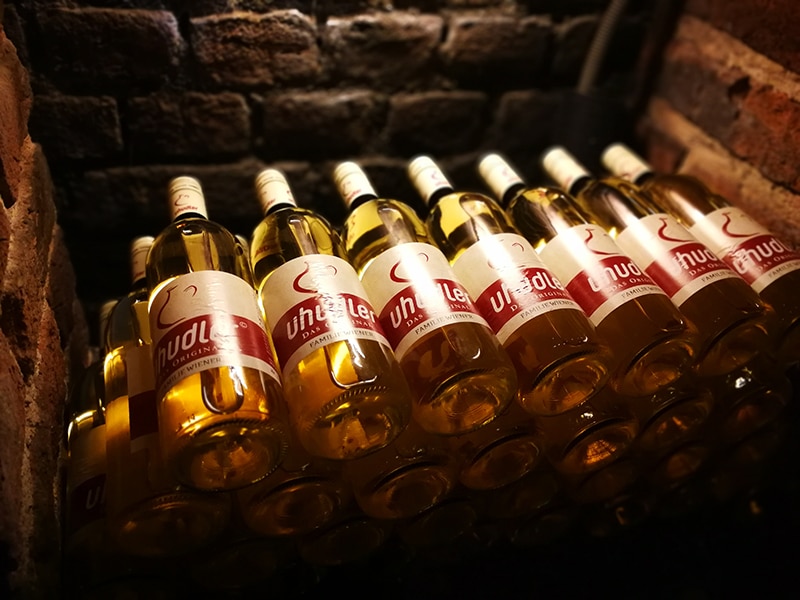
However, the corks can be damaged by too much humidity since mold and mildew will thrive in the cellar. When the temperatures are high, the corks let in more air than necessary.
Also, high temperatures will accelerate the aging process. If you are planning for the long haul, high temperatures will ruin your wine. Instead of aging gracefully, it will reach its peak fast and start to deteriorate.
So, adhering to the optimum humidity and temperature levels in the cellar maintains the quality of the corks and facilitates the development process.
How Fluctuations Affect Wine?
Temperature fluctuations can ruin a bottle of wine. If the temperature fluctuates a few degrees every day, it will cause your wine to age prematurely. The expansion and contraction will lead to deterioration in quality. A steady 10°C-15°C is acceptable for wine according to decanter.com. And deviation from this can seriously impact ageing ability. A wine cellared at 23°C will age (depending on the wine) on average eight times faster than at 13°C. It’s impossible to maintain the ideal temperature and humidity for wine cellar without a climate control system.
If the temperature rises to room temperatures, or if your climate control system breaks down, you are literally cooking the wine. Wine heat damage results in unpleasant tastes and overall quality deterioration.
Humid cellar conditions are as destructive as the conditions of low humidity. When the humidity fluctuates to below 50%, the corks will dry out and result in loss of liquid.
If dry conditions are causing problems in your cellar, investing in a humidifier is a great way to achieve the ideal humidity levels. To prevent unavoidable odors from damaging your wine, running an air purifier on a low setting will save your prized assets and minimize the vibration.
Since you want to protect your wine from degradation, it’s important to monitor the humidity with ThermoPro Indoor Thermometers Hygrometers.
Modern hygrometers come with an alert system that notifies you when the conditions fluctuate beyond the optimum levels. An indoor thermometer will send alerts to your smart device when the conditions in your wine cellar change.
How to Keep Cellar Temperature and Humidity Stable?
Unfortunately, the humidity levels for cellar tend to fluctuate often. The only way to ensure the favorable conditions for your wine is to insulate the cellar. Proper insulation with high-quality vapor barriers in the ceiling and walls reduces the amount of moisture you need to maintain the optimum levels. It also increases the lifespan of your cooling system.

Insulation is measured in terms of thermal resistance (R). Your wine cellar should have a minimum of R-13 insulation and a 6mm vapor barrier to keep the ceiling and the sides of walls warm.
Design Your Wine Cellar Properly
Experts recommend installing 2” X 2” wood panels on the floors since tiles can be extremely cold. Insulate the floor with 2” x 4” polyurethane studs to stabilize the temperature.
The cellar requires a moisture-resistant drywall to be installed from floor to ceiling. Be sure to prime and paint the drywall with approved latex paints.
While installing a glass door in your wine cellar does not improve the insulation, it provides great aesthetic value. Double-paned doors with tempered glass will suit your cellar perfectly.
To prevent overloading the cooling unit, install thermal panes with 5/8” thickness to seal the glass doors and windows tightly. Once closed, the doors and windows will seal your cellar and prevent the heat or moisture from escaping.
Insulate the Walls and Ceilings
Properly insulated walls and ceilings keep the heat out and the vapor in. Since vapor can be lost at the joints, it’s vital to choose a seamless material.
The following are the ideal ways to insulate your wine cellar:
1. Fiberglass Insulation
Getting rid of air cavities in the wine cellar helps to stabilize the conditions and reduce the load on your climate control system. When insulating the walls, use fiberglass batts.
A typical 2×4 fiberglass wall cavity provides an R-13 insulation value that is ideal for your cellar. Alternatively, you can install the 2×6 wall fiberglass cavity that provides an R-19 insulation value.
2. Polystyrene Insulation
Polystyrene insulation is a rigid foam board that’s used to insulate wine cellars. It works well if you install a vapor barrier on the walls and ceiling. Insisting on proper temperature control for cellar helps to prevent corks from drying out.
You require two layers of polystyrene insulation to provide your wine cellar with R-19 insulation. Start by wrapping the wiring, conduits, or piping in your cellar in rigid foam.
3. Polyurethane Spray Cell Foam Insulation
A poorly sealed wine cellar requires much more humidity to compensate for the loss. Also, it poses the problem of high fluctuations, forcing the system to work overtime to maintain the right spectrum.
The foam traps humidity and warmth within the cellar to maintain stable conditions that suit your wine. Besides being airtight, it has millions of microscopic bubbles that act as shock absorbers to protect your wine from the risks of expansion and contraction.
How to Monitor Cellar Temperature and Humidity?
It’s important to monitor cellar humidity and temperature to allow the wine to mature slowly. While designing a wine cellar, start by developing a floor plan to create several compartments for your bottles.
It’s important to have different zones for short-term and long-term storage. Even if you are on a shoestring budget, proper insulation is a minimum requirement. Most importantly, you need to keep tabs on the indoor conditions with ThermoPro Indoor Thermometers Hygrometers.


